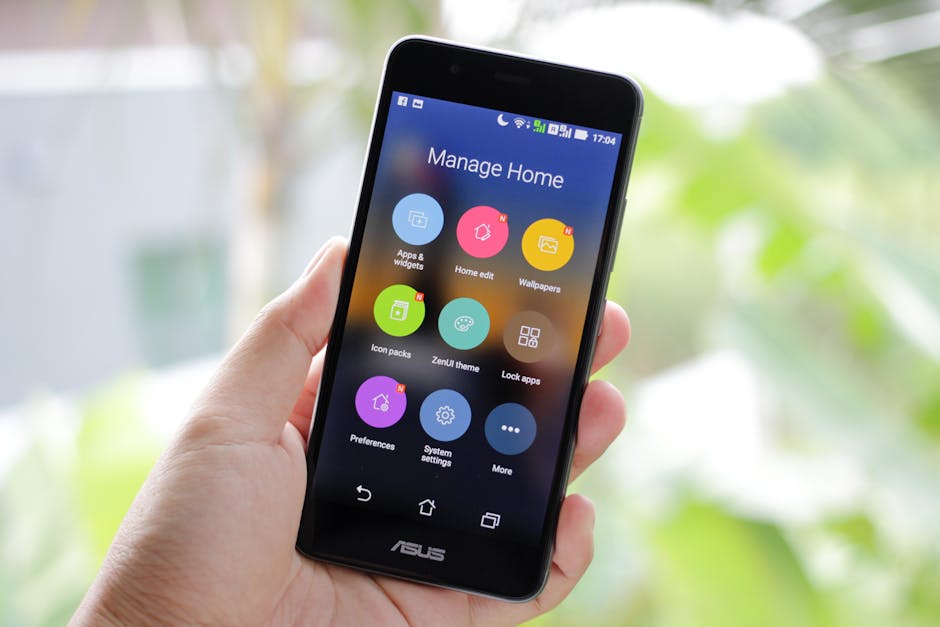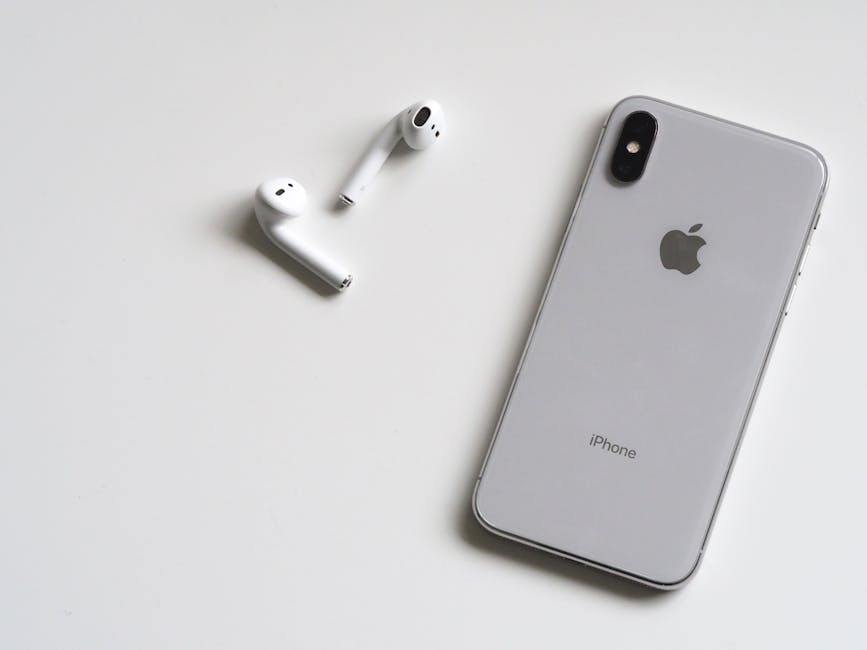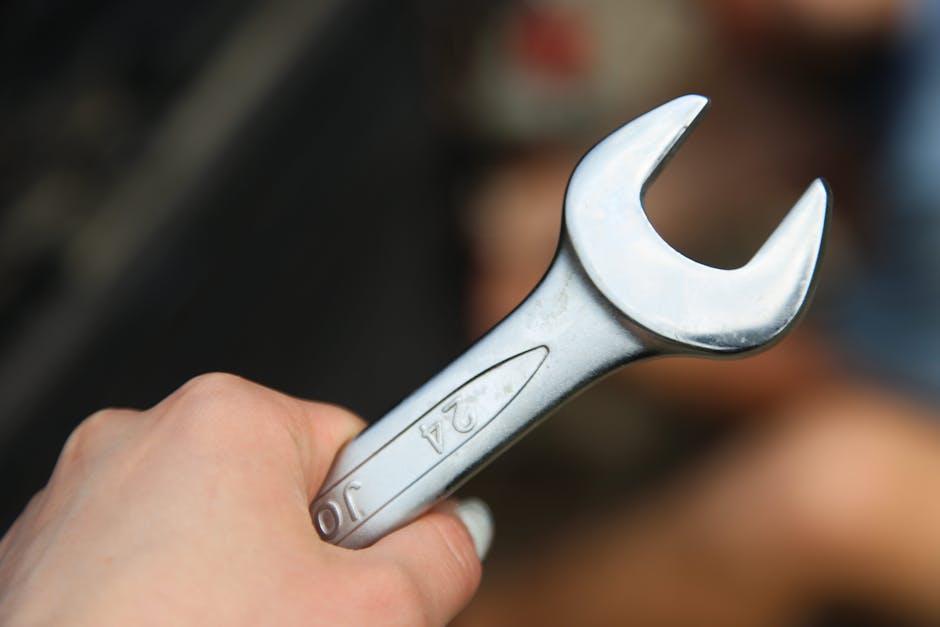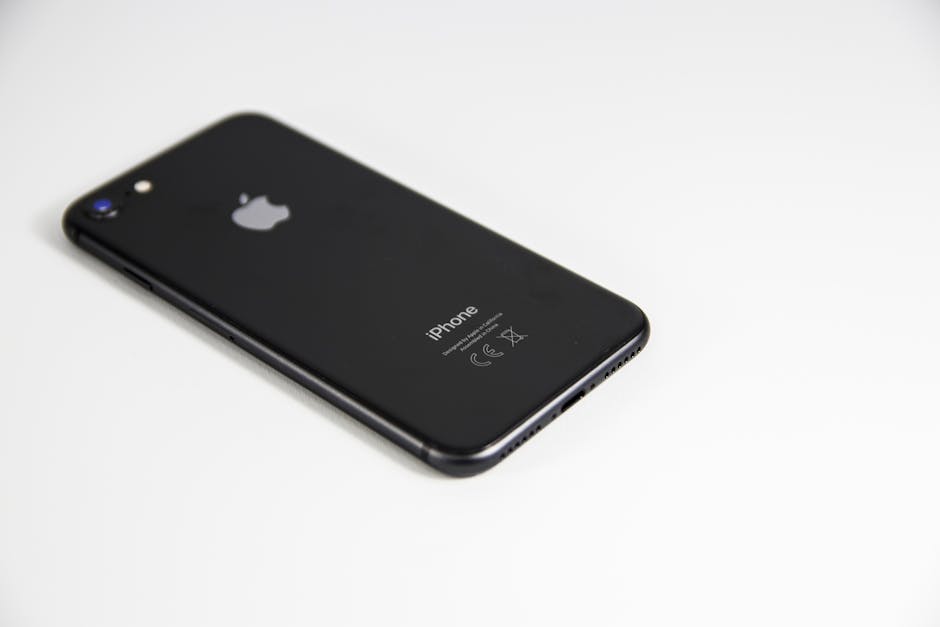Losing your iPhone can be a stressful experience. From valuable personal data to important contacts and photos, our iPhones hold a significant part of our lives. Fortunately, Apple provides robust tools and features designed to help you locate your missing device quickly and securely. This guide will walk you through the various methods you can use to track down your lost iPhone, ensuring you can take swift action to protect your information.
Using Find My iPhone: The Primary Method
The “Find My” feature, formerly known as “Find My iPhone,” is Apple’s primary tool for locating lost devices. It’s a powerful, built-in service that allows you to track your iPhone’s location, play a sound to help you find it nearby, mark it as lost, or even remotely erase it if necessary. Ensuring this feature is enabled is the first and most crucial step in being prepared for a lost iPhone.
Enabling Find My Before You Lose Your iPhone
Prevention is always better than cure. Before your iPhone goes missing, make sure the “Find My” feature is turned on. Here’s how:
- Open the Settings app on your iPhone.
- Tap on your Apple ID at the top of the screen.
- Tap on Find My.
- Ensure that Find My iPhone is toggled on.
- Also, enable Send Last Location. This will automatically send Apple the last known location of your iPhone before the battery dies.
- Consider enabling Find My network. This allows your device to be found even when offline, using the Bluetooth signals from other nearby Apple devices.
Locating Your iPhone Using Find My
Once “Find My” is enabled, you can use another Apple device, a web browser, or ask a family member to help locate your missing iPhone. Here’s how:
Using Another Apple Device: Open the “Find My” app on another iPhone, iPad, or Mac signed in with the same Apple ID. Select the “Devices” tab and choose your missing iPhone from the list. Its location will be displayed on a map. Using iCloud.com: Go to iCloud.com in a web browser on any computer. Sign in with your Apple ID and password. Click on “Find iPhone” (or simply “Find Devices” if you have other Apple devices). Your iPhone’s location will be shown on a map. Using a Family Member’s Device: If you’re part of a Family Sharing group, a family member can use their “Find My” app to help you locate your iPhone.
Actions You Can Take Once You’ve Located Your iPhone
After locating your iPhone using “Find My,” you have several options:
Play Sound: Tap “Play Sound” to make your iPhone emit a loud noise, even if it’s on silent. This is helpful if you suspect it’s nearby but can’t see it. Mark As Lost: This option locks your iPhone with a passcode (if you didn’t already have one), displays a custom message on the screen (e.g., “Lost iPhone – Please call [your phone number]”), and suspends Apple Pay. Erase iPhone: This is a last resort. If you’re certain you won’t be able to recover your iPhone, you can remotely erase all data on it. This will prevent anyone from accessing your personal information. However, note that after erasing, you won’t be able to track its location using “Find My” anymore.
Using Siri to Find Your iPhone
If you suspect your iPhone is nearby but can’t see it, you can use Siri on another Apple device (like an Apple Watch, HomePod, or another iPhone) to help you locate it.
Asking Siri to Play a Sound
Simply say, “Hey Siri, find my iPhone” or “Hey Siri, play a sound on my iPhone.” Siri will then trigger the “Play Sound” feature, causing your iPhone to emit a loud ping, even if it’s on silent.
When Your iPhone is Offline: Leveraging the Find My Network
Even if your iPhone is turned off or has no cellular or Wi-Fi connection, there’s still a chance you can locate it using the “Find My network.” This feature utilizes the Bluetooth capabilities of millions of Apple devices around the world.
How the Find My Network Works
When your iPhone is in Bluetooth range of another Apple device that’s participating in the “Find My” network, it can securely and anonymously transmit its location to that device. The other device then relays this location to Apple, which you can then see in the “Find My” app. This process is end-to-end encrypted, ensuring your privacy.
Ensuring Find My Network is Enabled
To use the Find My network, make sure you’ve enabled it in your iPhone’s settings:
- Go to Settings > [Your Name] > Find My > Find My iPhone.
- Ensure that Find My network is toggled on.
Reporting a Lost or Stolen iPhone
If you believe your iPhone has been stolen, it’s important to take additional steps beyond using “Find My.”
Contacting Law Enforcement
File a police report as soon as possible. Provide them with the iPhone’s serial number (which you can find on the original packaging or on your Apple ID account page) and any other relevant information.
Contacting Your Mobile Carrier
Report the lost or stolen iPhone to your mobile carrier. They can disable the SIM card to prevent unauthorized use and potentially blacklist the device to prevent it from being used on their network.
Filing an Insurance Claim
If you have insurance coverage for your iPhone, file a claim with your insurance provider. They may require a copy of the police report and other documentation.
Preventing Future iPhone Loss
While knowing how to find your iPhone is crucial, taking preventative measures can help reduce the risk of losing it in the first place.
Using a Strong Passcode or Biometric Authentication
Always use a strong passcode, Face ID, or Touch ID to secure your iPhone. This will prevent unauthorized access to your data if it’s lost or stolen.
Being Aware of Your Surroundings
Pay attention to your surroundings, especially in crowded areas. Keep your iPhone in a secure pocket or bag where it’s less likely to be snatched.
Using Tracking Devices
Consider attaching a Bluetooth tracker like an AirTag to your iPhone. While not a replacement for “Find My,” it can provide an additional layer of security and help you locate your iPhone if it’s nearby.
Regularly Backing Up Your iPhone
Regularly back up your iPhone to iCloud or your computer. This will ensure that you don’t lose your valuable data if your iPhone is lost or stolen and you have to erase it remotely.
Losing your iPhone can be a frustrating experience, but by taking the necessary precautions and utilizing Apple’s “Find My” features, you significantly increase your chances of recovering your device. Remember to enable “Find My” before you lose your iPhone, familiarize yourself with the various location methods, and take swift action if your iPhone goes missing. Don’t wait until it’s too late; implement these tips today to safeguard your valuable device and personal information. If you’ve lost your iPhone, start by checking “Find My” immediately. Good luck!






